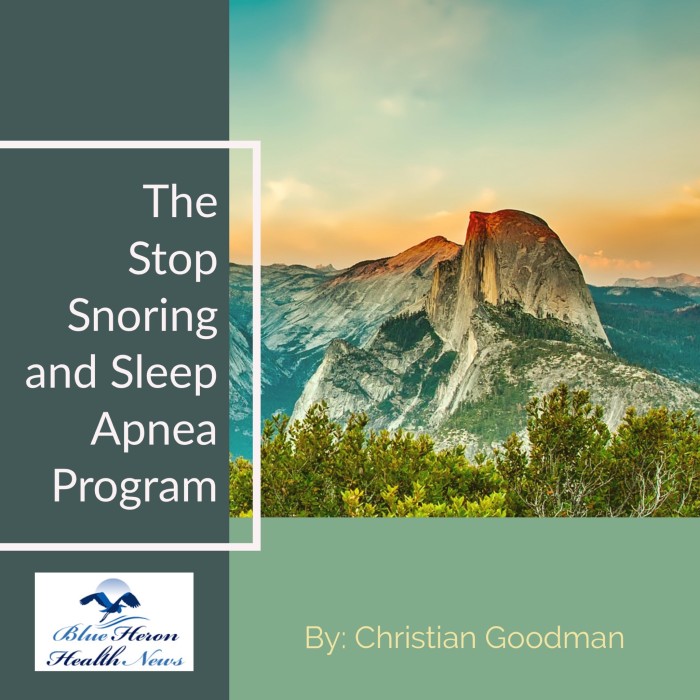How Common is Sleep Apnea?
Sleep apnea is a common condition that affects millions of people worldwide. The most prevalent form, obstructive sleep apnea (OSA), accounts for the majority of cases, while central sleep apnea (CSA) is less common. Here’s an overview of how common sleep apnea is across different populations:
General Prevalence
- Obstructive Sleep Apnea (OSA): It is estimated that about 2-9% of adults suffer from OSA, although many cases go undiagnosed. Some studies suggest that the true prevalence may be even higher.
- Men: Around 25% of men are affected by some form of sleep apnea, with middle-aged and older men being at the highest risk.
- Women: The prevalence in women is lower, around 10-15%, but the risk increases after menopause, and the gap between men and women narrows as they age.
- Central Sleep Apnea (CSA): Central sleep apnea is less common than OSA. It accounts for less than 1% of all cases of sleep apnea. CSA is often associated with other medical conditions such as heart failure, stroke, or neurological disorders.
Age and Sleep Apnea
- Adults: Sleep apnea is more common in adults, particularly those over the age of 40. The prevalence increases with age, with some studies suggesting that 20-30% of older adults may have some form of sleep apnea.
- Children: Sleep apnea also occurs in children, though it is less common than in adults. Around 1-4% of children may suffer from OSA, often due to enlarged tonsils or adenoids.
Risk Factors and Prevalence
Several factors can increase the likelihood of developing sleep apnea:
- Obesity: The most significant risk factor for sleep apnea, particularly OSA, is obesity. Studies estimate that 40-80% of people with OSA are overweight or obese.
- Age: Sleep apnea is more common in older adults. People over the age of 60 have a higher prevalence of sleep apnea due to muscle tone loss in the airway and other age-related changes.
- Gender: Sleep apnea is more common in men than women, but women’s risk increases after menopause. Hormonal changes affect muscle tone in the airway, making postmenopausal women more susceptible.
- Family History: Genetics play a role in sleep apnea. If someone has a family history of the condition, their risk increases.
- Other Health Conditions: Conditions such as hypertension, diabetes, heart disease, and stroke are often associated with sleep apnea. These medical issues can increase the risk or exacerbate existing cases of sleep apnea.
Undiagnosed Sleep Apnea
- Sleep apnea is frequently undiagnosed. Many people with OSA are unaware they have it because they don’t recognize the symptoms, such as pauses in breathing during sleep, which often go unnoticed unless observed by a bed partner.
- Some studies suggest that 80-90% of people with sleep apnea are undiagnosed, meaning the actual prevalence of the condition could be significantly higher than reported.
Global Prevalence
- Worldwide: Sleep apnea affects an estimated 936 million people globally (based on estimates of those with moderate to severe OSA), but only a fraction of those affected receive treatment.
- United States: In the U.S., about 22 million Americans suffer from sleep apnea, and approximately 80% of moderate to severe cases go undiagnosed.
Conclusion
Sleep apnea, especially OSA, is a common and often underdiagnosed condition affecting a large portion of the adult population, with higher rates in men, older adults, and those who are overweight or obese. While central sleep apnea is rarer, it is still important to recognize and treat both forms of sleep apnea due to the significant health risks they pose if left untreated, including heart disease, stroke, and diabetes.

The Stop Snoring And Sleep Apnea Program™ By Christian Goodman The Stop Snoring and Sleep Apnea Program is a well-researched program created to help stop snoring and sleep apnea so that you can have a good night sleep. The techniques that you will learn from this program works immediately. It will only take you 3-7 minutes to perform these simple exercises that the author has recommended but the results that you will get will help you have a good night sleep as soon as tonight. Within a week, snoring will be a thing of the past.
